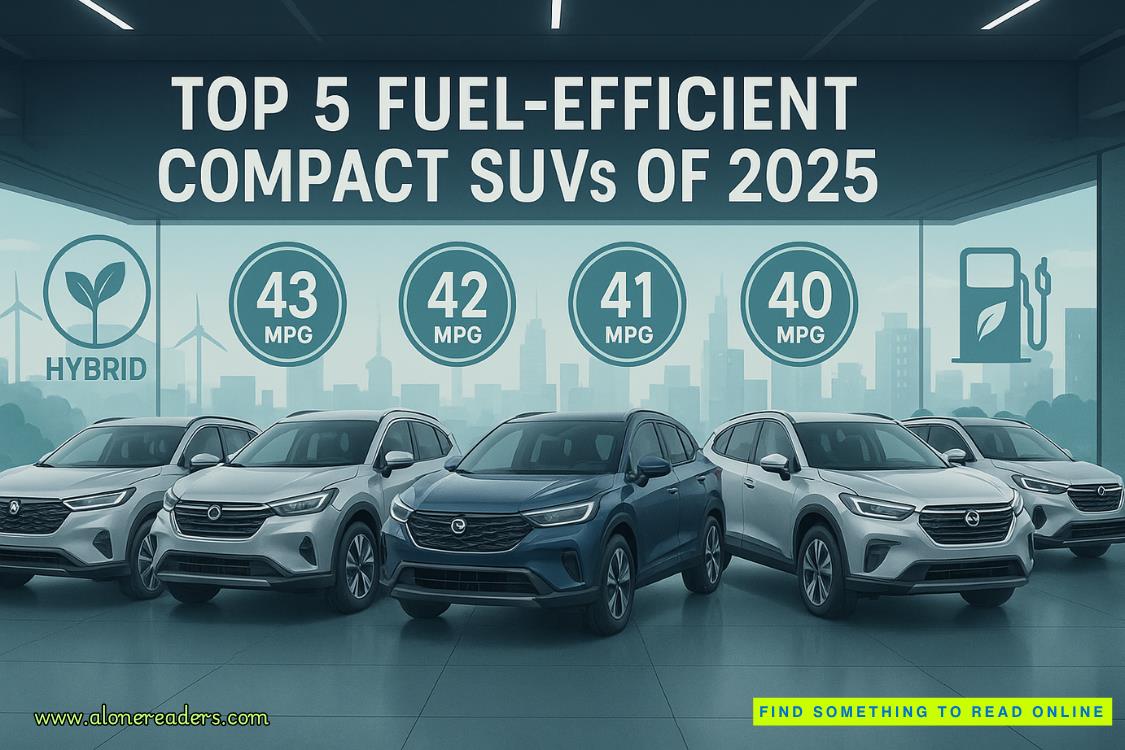Page 21 of The 1 Lawyer
“Is the man you saw in Aurora Gates’s car at Popp’s Ferry Bridge in the courtroom today?”
To her credit, she hesitated—briefly—before she pointed her finger. “He’s right there, in the gray suit with the blue tie.”
Daniel Caro’s left eyelid twitched. Other than that, he didn’t react.
The DA asked that the record reflect that the witness had identified the defendant. He gave Mitchell a nod of approval and said, “No further questions.”
Gordon-James hadn’t settled in his seat before I was up and swinging.
“Ma’am, you testified that it was just before midnight when you saw the car. Is that correct?”
“It was eleven fifty-four. I’m certain, because I keep a log of my pickups.”
“And it was dark, right? We all know that spot you’re talking about by the bridge. It’s poorly lit. No streetlights nearby, isn’t that true?”
“Yeah, that’s right. But—”
I didn’t wait for her to qualify the answer. “The interior of the car you saw—it wasn’t illuminated in any way, was it? No overhead light was on?”
With a dogged look, she said, “No. But my headlights were on, obviously. And they lit up the car.”
“So you’re telling us that your headlights were the only light source by which you could see the interior of the car parked near the bridge. Okay. Now, you just stated under oath that you saw the car as you drove by, correct?”
“Yeah.”
“You didn’t stop, did you?”
“No.”
“So you were driving down the road around midnight and saw the parked car. How long would you say you looked at it? For what amount of time?”
“Can’t say exactly.” The chatty sleuth had disappeared, replaced by the recalcitrant witness.
“Tell us generally, then. Because you’ve said you were operating a motor vehicle at the time. Did you turn your head and look out the driver’s window to see it?” To illustrate, I gave my head an exaggerated turn and peered into the jury box.
“I could see it through the windshield. I didn’t have to look through the driver’s window.”
“So you didn’t take your eyes off the road.”
“No. Well, yeah, just long enough to look at the car.”
“How fast were you driving?”
“I don’t recall.”
“Well, you’re a driver by profession, right? On your way to pick up a customer in downtown Biloxi? Let’s have some parameters. Were you driving a hundred miles per hour or ten? Or driving the speed limit?”
“I was driving the speed limit,” she snapped. “I’m a good driver.”
This was going better than I’d dared hope. “I’m sure you are, ma’am. So, isn’t it true—because you were driving in the dark at forty-five miles per hour en route to downtown—that you just gave that car a glance before you passed it by? For a second or two?”
“I guess.”
“You didn’t stare at it through your driver’s window as you passed. You kept your eyes on the road, gave it a glance. Because you’re a good driver.”
Still defiant, she said, “I saw a man.”
“Wearing dark clothing, you said. How do you know for sure that the man you supposedly saw was wearing dark clothing?”















